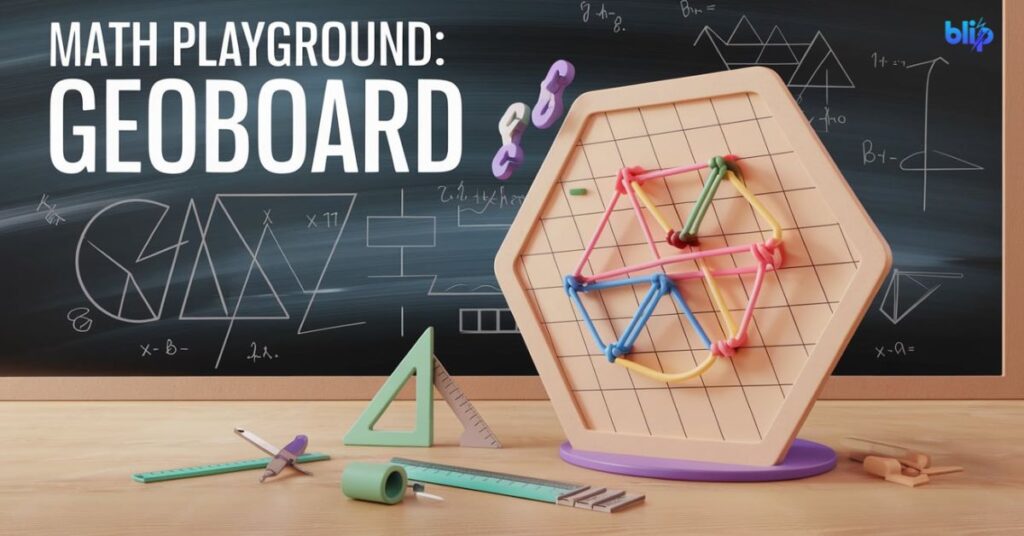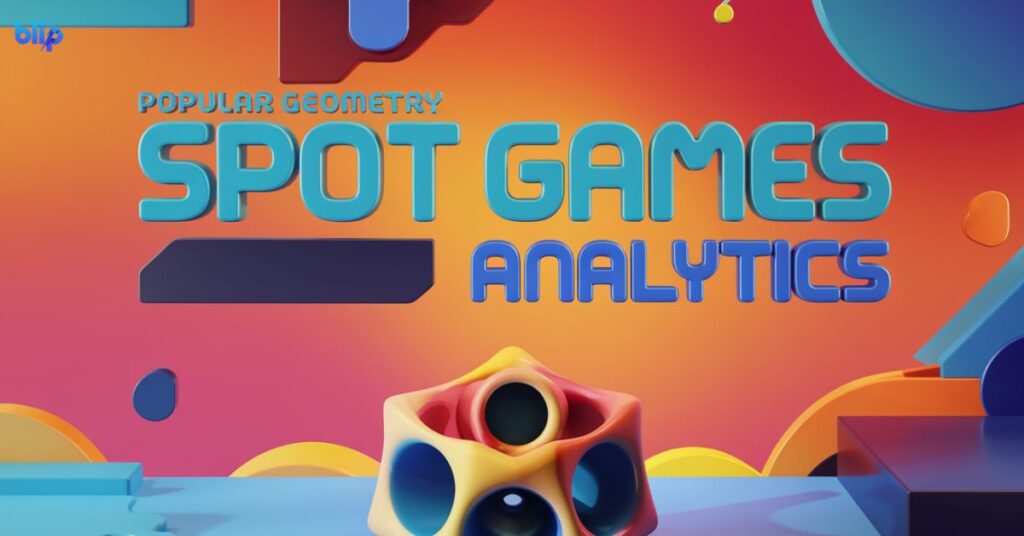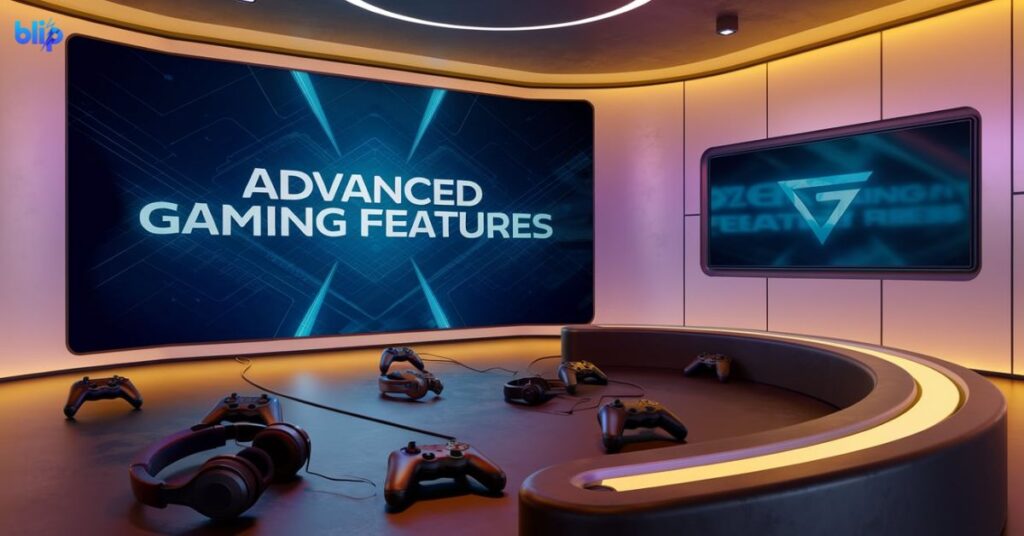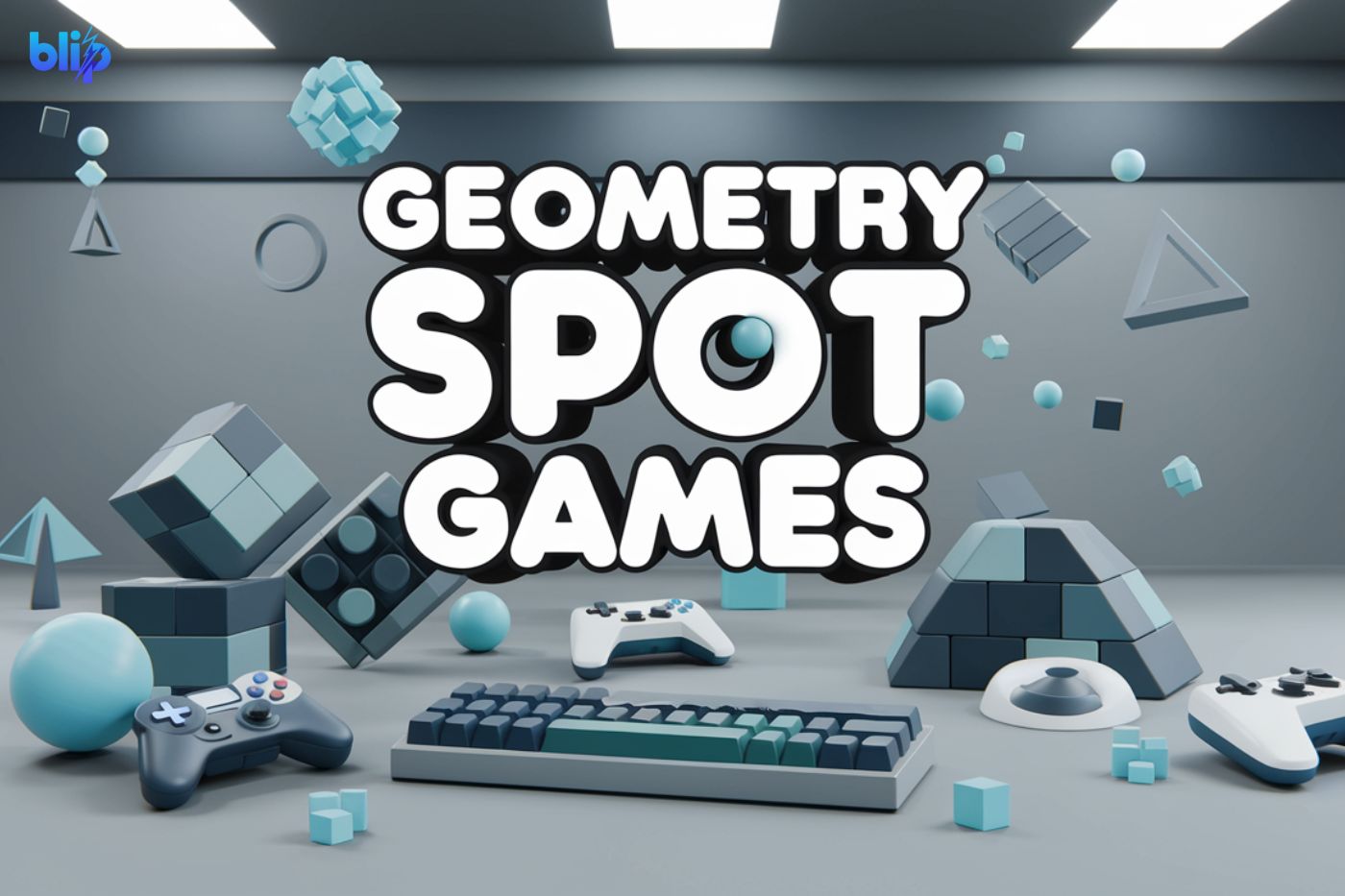Geometry spot games have revolutionized the way we learn and interact with mathematical concepts. These engaging digital experiences transform complex geometric principles into accessible and enjoyable challenges for players of all ages.
The world of geometry spot games offers a perfect blend of education and entertainment. From rotating shapes to solving spatial puzzles, these games provide an interactive platform that makes learning geometry both fun and effective.
These innovative geometry spot games have become essential tools in modern education. They help develop critical thinking skills while maintaining player engagement through well-designed challenges and progressive difficulty levels.
Coolmath Games: Rotate
Rotate stands out among geometry spot games for its innovative approach to teaching spatial awareness. Players must manipulate geometric shapes through various rotations to solve increasingly complex puzzles, making it an excellent tool for understanding three-dimensional geometry.
The game’s intuitive controls and clear visual feedback make it accessible to beginners while offering enough challenges for advanced players. Each level introduces new concepts gradually, ensuring players build a solid foundation in geometric principles.
Success in Rotate requires careful planning and spatial reasoning, skills that are valuable beyond the game itself. The progressive difficulty curve keeps players engaged while naturally developing their understanding of geometric relationships.
Math Playground: Geoboard

Among the most versatile geometry spot games, Geoboard offers a digital recreation of the classic physical learning tool. Players can create various shapes using virtual pins and bands, experimenting with different geometric concepts in a risk-free environment.
The game excels at teaching fundamental concepts like perimeter, area, and angle relationships. Its open-ended nature encourages creativity while reinforcing important mathematical principles.
Teachers and students alike appreciate Geoboard’s ability to visualize geometric concepts. The platform’s flexibility makes it suitable for both guided instruction and independent exploration.
Key Benefits of Geometry Spot Games
The impact of these games on mathematical learning is significant, with several key advantages:
- Enhances spatial reasoning and visualization skills
- Develops problem-solving abilities through interactive challenges
- Improves understanding of geometric concepts through hands-on experience
- Builds confidence in mathematical thinking
- Provides immediate feedback for better learning retention
Game Features Comparison
Each geometry spot game has its special way of teaching about shapes and angles. Rotate helps you learn by turning shapes in 3D space, which is fun once you get the hang of it. The colors and designs in each game make learning math feel more like playing a video game.
Geoboard lets you stretch virtual rubber bands to make any shape you can think of. It feels like using a real board with pins, but you always have enough rubber bands and space. The best part is how you can easily fix mistakes with just one click.
Some games, like Geometry Art, let you be creative while learning important math concepts. You can make beautiful patterns using shapes and see how geometry is part of art and design. The way each game tracks your progress helps you see how much you’re improving over time.
Popular Geometry Spot Games Analytics

| Game | Daily Users | Educational Value | User Rating |
| Rotate | 50,000+ | High | 4.5/5 |
| Geoboard | 40,000+ | Very High | 4.8/5 |
| Geometry Art | 30,000+ | Medium | 4.3/5 |
| Tangrams | 45,000+ | High | 4.6/5 |
| Bloxorz | 35,000+ | High | 4.4/5 |
Toy Theater: Geometry Art
In the realm of geometry spot games, Geometry Art stands out for its creative approach to learning. This unique platform allows players to create stunning artistic designs while exploring fundamental geometric principles.
The game combines artistic expression with mathematical concepts, making it an engaging way to learn about symmetry, patterns, and spatial relationships. Players can experiment with various shapes and transformations to create their own geometric masterpieces.
Advanced features include tools for creating complex patterns and designs, helping players understand concepts like rotation, reflection, and translation. The intuitive interface makes it easy for beginners while offering enough depth for advanced users.
Read this Blog: How to Spot a Gamer: A Complete Guide (2024 Edition)
Tangrams: Ancient Wisdom Meets Modern Gaming
Tangrams, one of the most enduring geometry spot games, traces its roots back to ancient China. The game consists of seven geometric pieces that players must arrange to create specific shapes or patterns.
This classic puzzle game helps develop spatial awareness and problem-solving skills. Players learn to visualize how different shapes can combine to form larger, more complex figures.
The digital version enhances the traditional experience with interactive features and instant feedback. It maintains the core educational value while adding modern gaming elements that appeal to today’s players.
Essential Skills Developed Through Geometry Spot Games
- Critical thinking and logical reasoning
- Pattern recognition and spatial awareness
- Understanding of geometric relationships
- Problem-solving strategies
- Mathematical visualization abilities
Advanced Gaming Features

Geometry spot games today come packed with cool features that make learning shapes super fun. These games have everything from special rewards that make you smile to smart systems that know exactly what help you need.
The best part is that they let you play with friends while learning—it’s like having a math party where everyone gets to be both a teacher and a student!
Progressive Learning System
Today’s geometry spot games use smart learning tech that feels natural and fun. The games watch how you play and make things harder or easier, just like a good teacher would do. I love how they match your skill level perfectly.
When I play these games, they remember what shapes I’m good at and what I need help with. It’s like having a personal math coach who knows exactly what I need to practice more. The games give me tips that make sense.
Each time I play, the game adjusts to make sure I’m learning at my own pace. Sometimes I get stuck on rotating shapes, and the game gives me easier ones until I get better. Then it slowly makes them more challenging.
Multiplayer Interaction
Playing geometry games with friends makes learning way more fun than doing it alone. We can work together to solve puzzles or have friendly competitions to see who can complete shapes faster. It’s exciting to see how others think differently.
My friend and I often challenge each other in these games after school. We take turns creating patterns and trying to match them. Sometimes we help each other figure out tricky puzzles.
The best part is when we join online tournaments in these games. Kids from different schools compete, and we all learn new ways to solve geometric problems. It makes math feel like a team sport.
Achievement System
Getting badges and rewards in these games makes me want to keep playing and learning. Every time I master a new shape or solve a hard puzzle, I earn points and unlock cool new challenges. It feels great to see my progress.
Yesterday, I earned a “Shape Master” badge after completing 50 puzzles. These little victories make me excited to tackle even harder challenges. The game celebrates my success with fun animations and special effects.
I keep track of my achievements in a virtual trophy room. Each award reminds me of what I’ve learned about geometry. Some badges are hard to get, but that just makes me try harder to earn them.
Educational Impact
Recent studies show that students who regularly play geometry spot games demonstrate improved spatial reasoning. These games provide a practical application of geometric concepts that textbooks alone cannot offer.
Teachers report increased student engagement when incorporating these games into their curriculum. The interactive nature of the games helps students better retain geometric principles and concepts.
The accessibility of these games makes them valuable tools for both classroom and home learning. They provide consistent practice opportunities that reinforce formal geometric education.
Looking to the Future
The future of geometry spot games looks promising with emerging technologies. Virtual and augmented reality implementations are beginning to appear, offering new ways to interact with geometric concepts.
Artificial intelligence integration is enhancing the adaptive learning capabilities of these games. This technology helps create more personalized learning experiences for each player.
Game developers continue to innovate, creating new challenges and learning opportunities. The evolution of geometry spot games shows no signs of slowing down.
Final Words
Geometry spot games have transformed the landscape of mathematical education. Their ability to make complex concepts accessible and engaging has made them invaluable tools in modern learning environments.
The continuous evolution of these games promises even more innovative ways to learn geometry. As technology advances, we can expect to see new features and capabilities that further enhance the learning experience.
The impact of geometry spot games extends beyond just mathematical education. They help develop crucial life skills like problem-solving, spatial awareness, and logical thinking that benefit learners in many aspects of their lives.
Frequently Asked Questions
How do geometry spot games benefit learning?
They enhance spatial reasoning, problem-solving skills, and geometric understanding through interactive engagement.
Are these games suitable for all age groups?
Yes, most geometry spot games offer multiple difficulty levels suitable for different age groups and skill levels.
Can geometry spot games replace traditional geometry education?
They serve as excellent supplementary tools but work best when combined with traditional teaching methods.
How often should students play these games?
Regular sessions of 15-30 minutes, 3-4 times per week, can provide significant educational benefits.
Do these games work on mobile devices?
Most modern geometry spot games are optimized for both desktop and mobile platforms.metry spot games are optimized for both desktop and mobile platforms.

Raina Johnson is a passionate sports author on Techsblip , focused on delivering insightful and well-researched content that connects sports enthusiasts with the heart of the game. With a deep understanding of sports history, trends, and culture, Raina’s writing inspires readers to appreciate the beauty of competition, teamwork, and human achievement.

